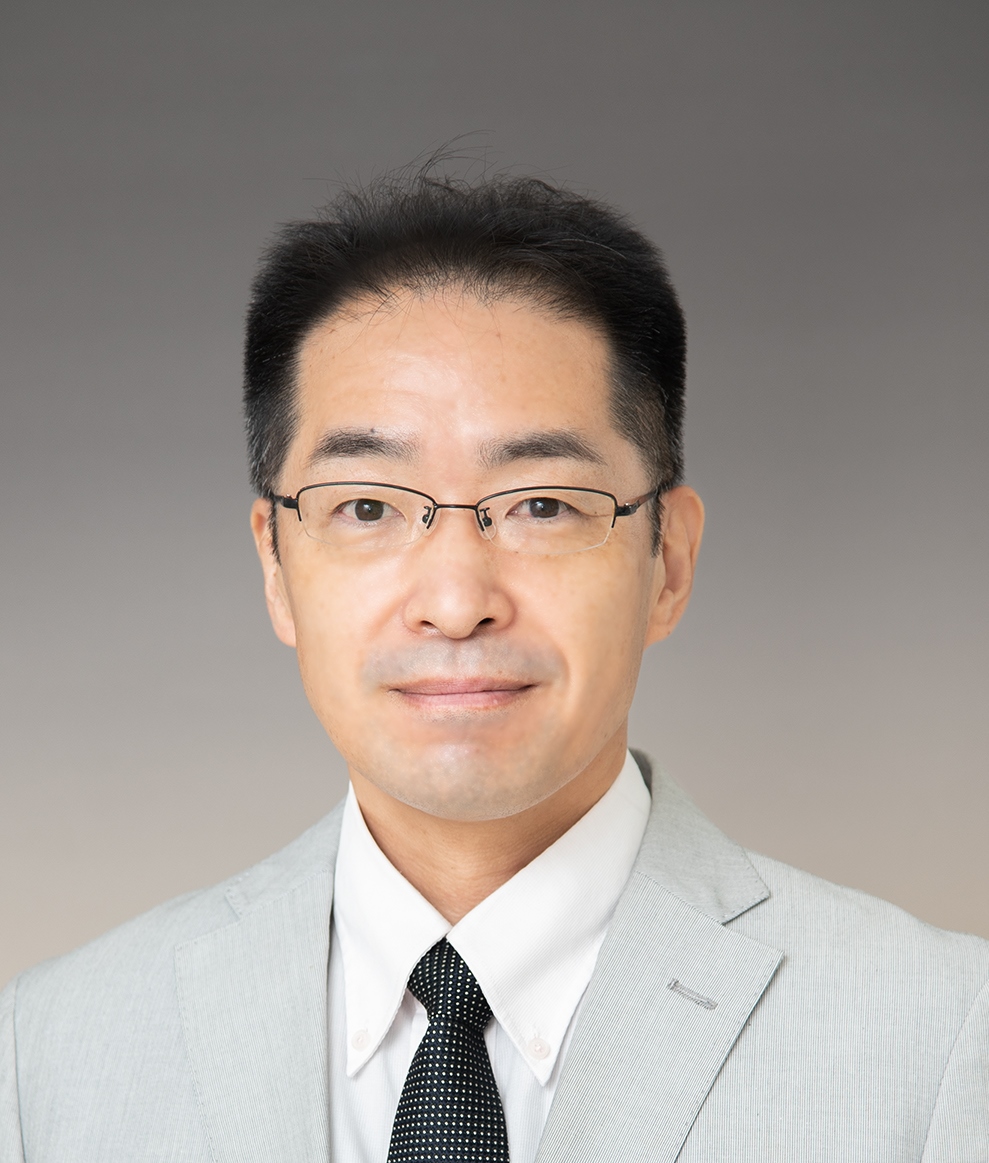|

Prof.
Mikio Ito
Fukui University of Technology
|
Speech Title:
Fabrication
of Diamond Particle Dispersed Metal Matrix Composites by Spark Plasma
Sintering(SPS) for high thermal conductive materials
Abstract: Diamond-particle-dispersed-copper
(Cu) matrix composites were fabricated by spark plasma sintering (SPS)
process from the mixture of diamond particles and pure-Cu with addition
of a small amount of chromium (Cr) powder. The microstructures and the
thermal conductivities of the sintered composites were evaluated. These
powder mixtures were densely sintered by the SPS process at a
temperature of 1173 K for 600 sec. The relative density values of these
composites were found to be about 95%. Scanning electron microscopy and
X-ray diffraction analysis revealed that no reaction occurred at the
interface between the diamond particle and the Cu matrix phase under the
sintering conditions conducted in this work. The thermal conductivity of
the Cu/diamond composite was significantly improved by Cr addition. As a
result, the thermal conductivity of (Cu-Cr) -50 vol% diamond composites
reached 518-584 W/mK in a volume fraction range of Cr between 2.5 and
8.6 vol% in the Cu matrix. The trans granular fractures of diamond
particles were observed on the bending fracture surface of the
composites with Cr addition, indicating that the Cr plays crucial role
on enhancing bonding strength between diamond particles and Cu matrix
phase in the composites. It was also found that B addition was effective
for increasing thermal conductivity of Cu/diamond composites as well as
Cr addition.
Biography:
Prof. Mikio Ito received B.E., M.E, and Dr.E degrees from Osaka
University. He was an assistant professor and associate professor at
Osaka University, and is now a professor of Department of Mechanical
Engineering, Fukui University of Technology. His research interests
include development of novel powder metallurgy process, especially for
sintering process, and improvement of various
powder-metallurgy-processed functional materials, such as thermoelectric
and hard magnetic materials, etc.
|